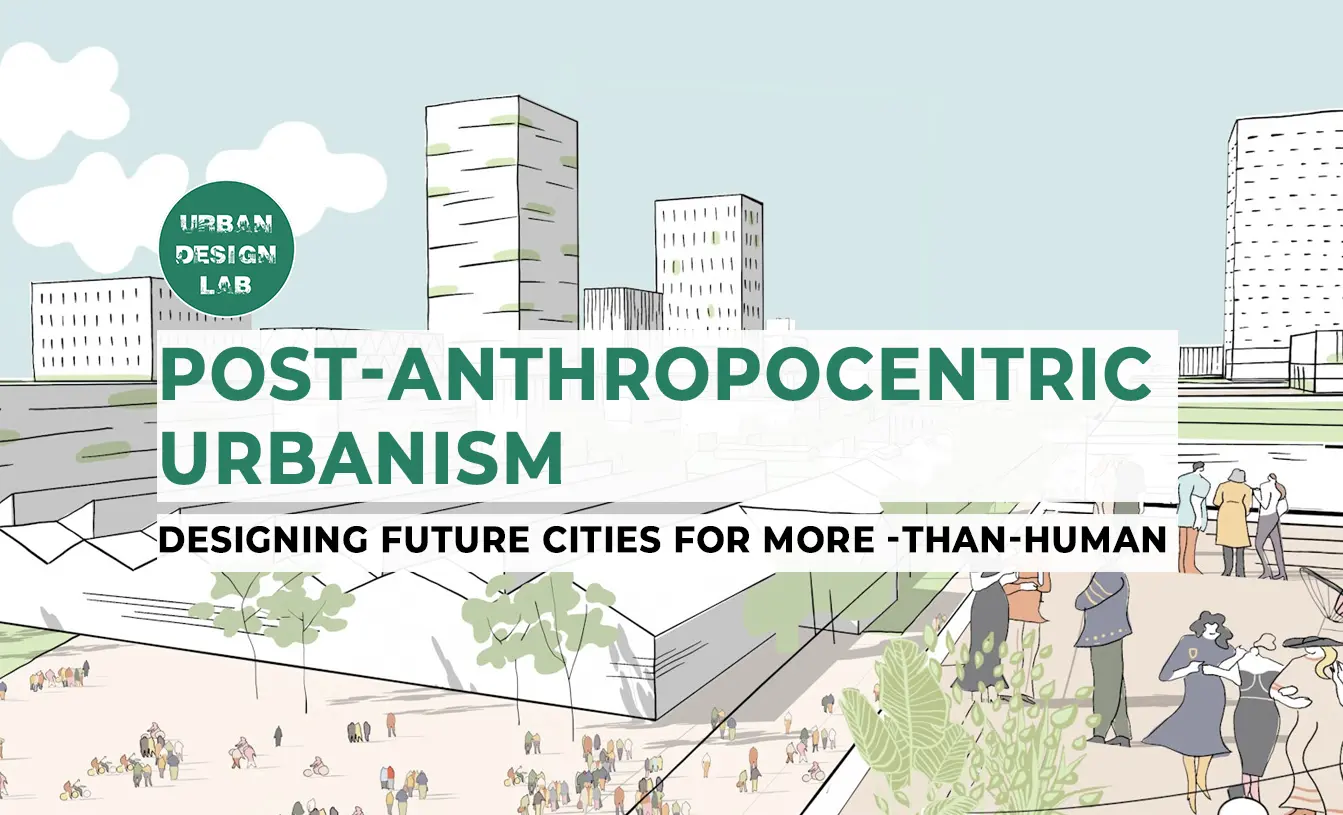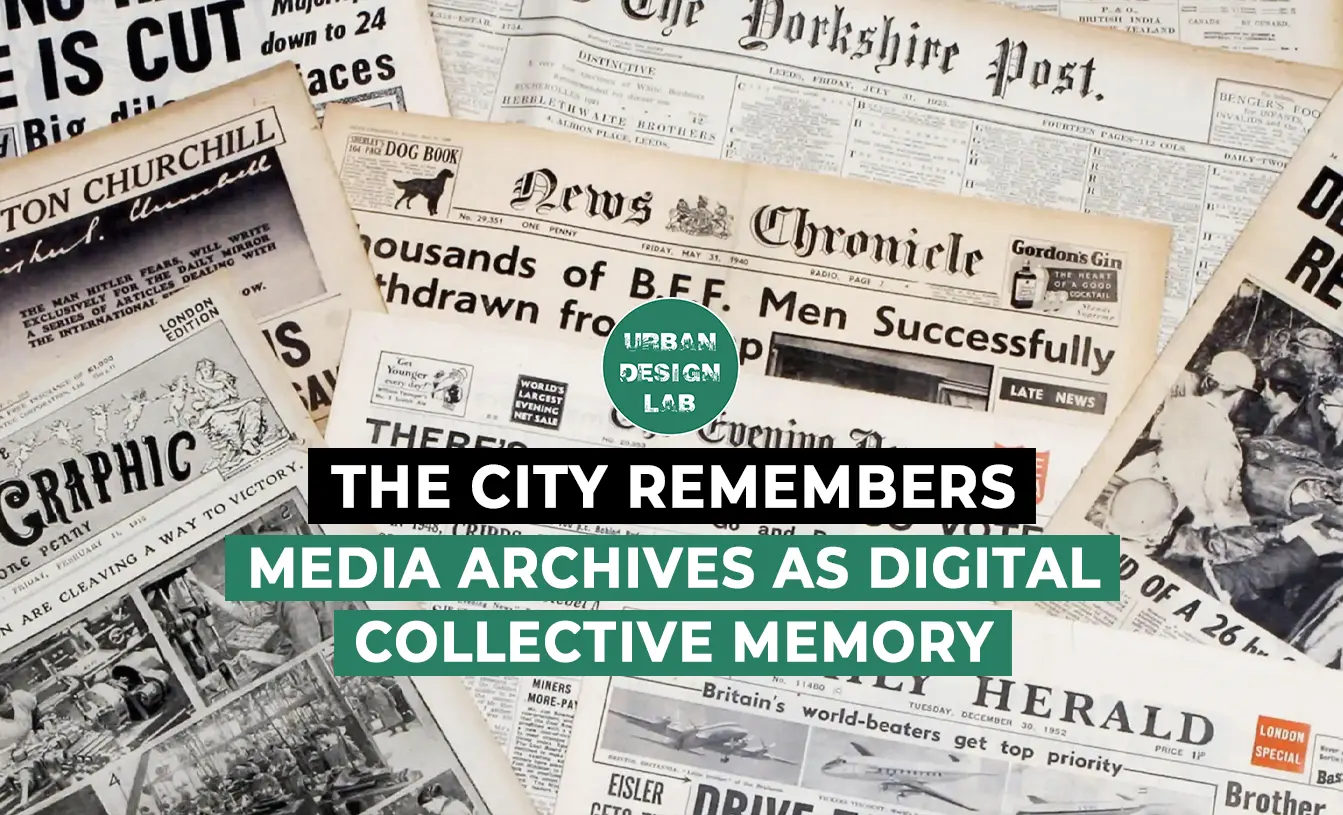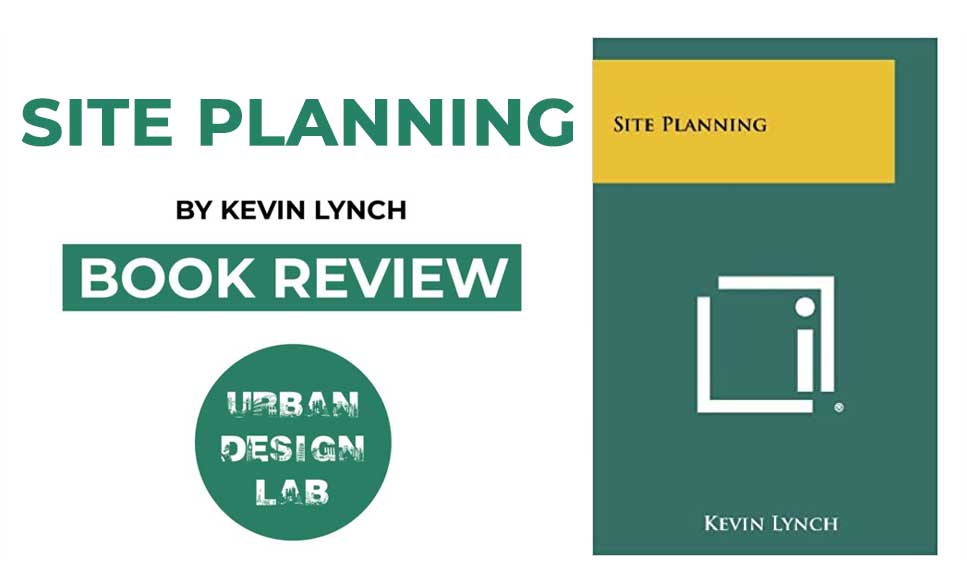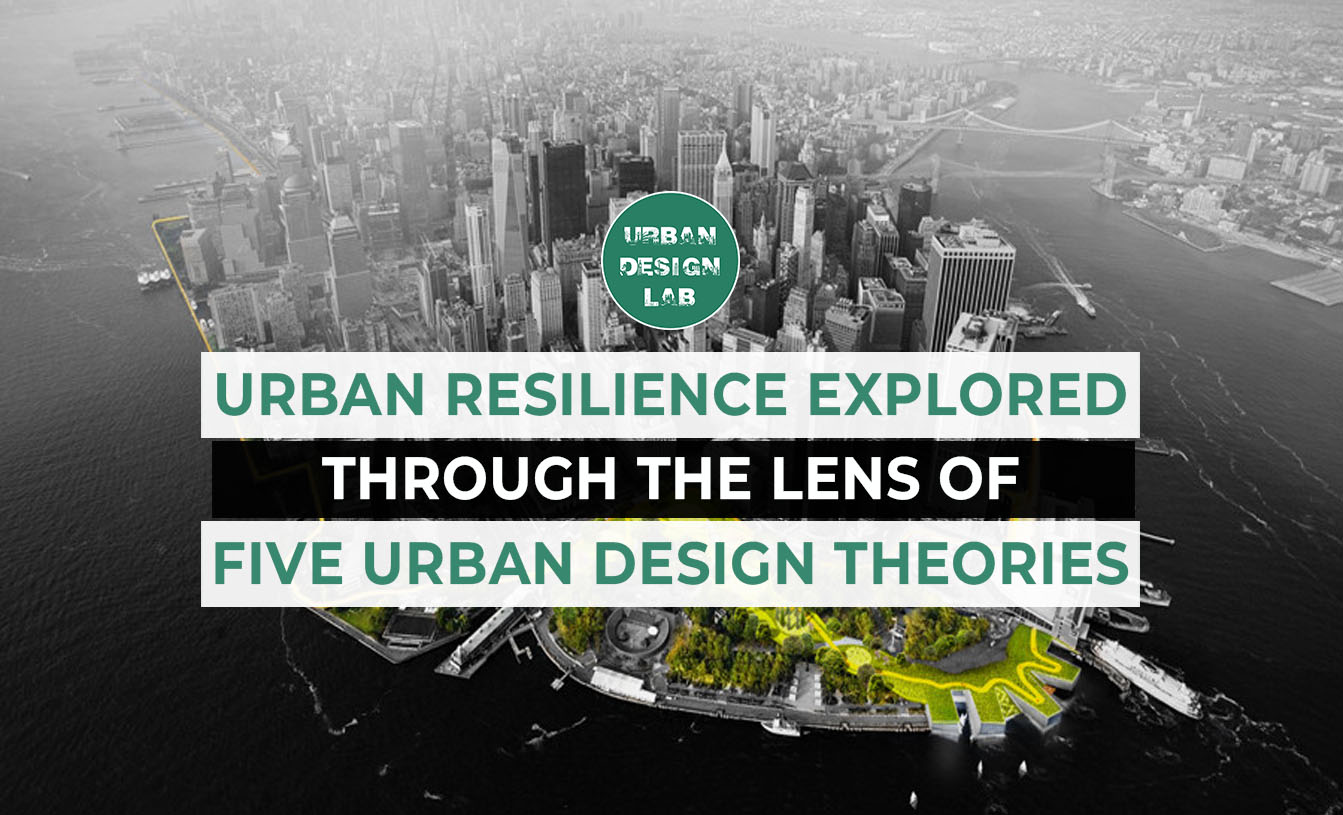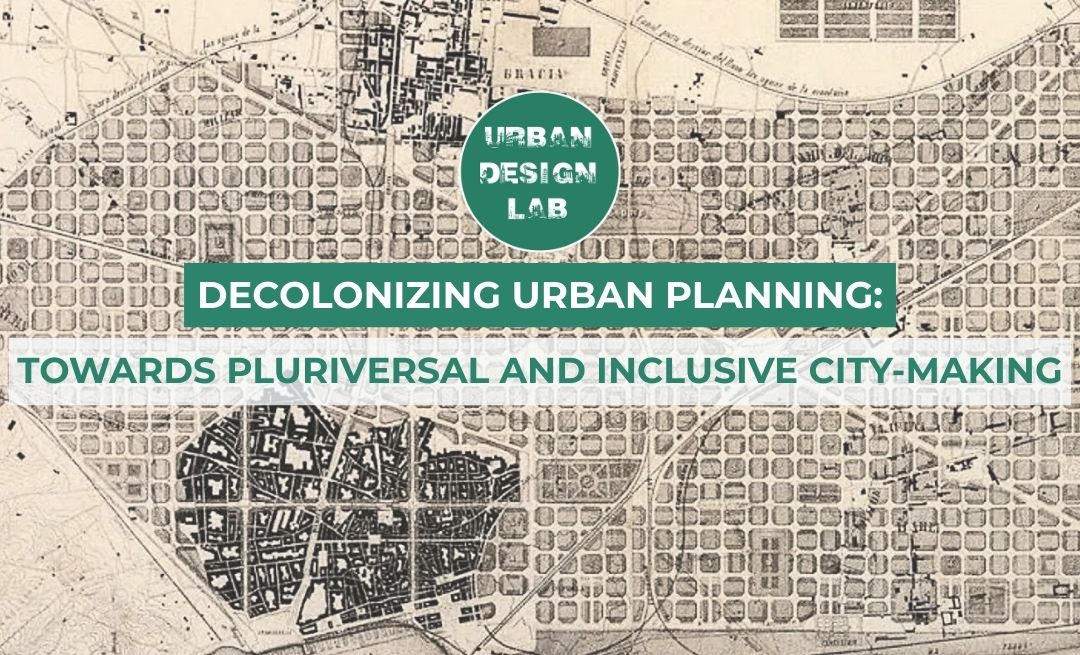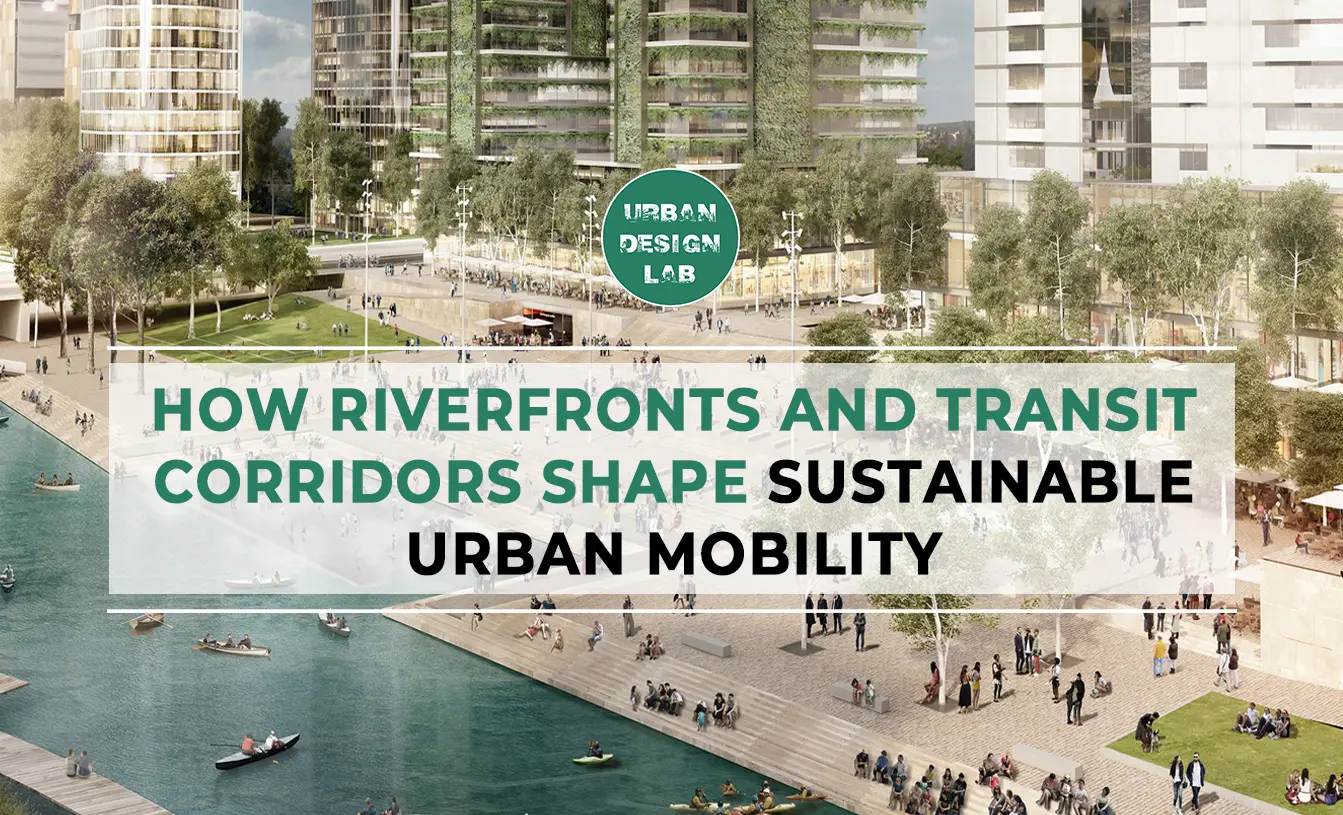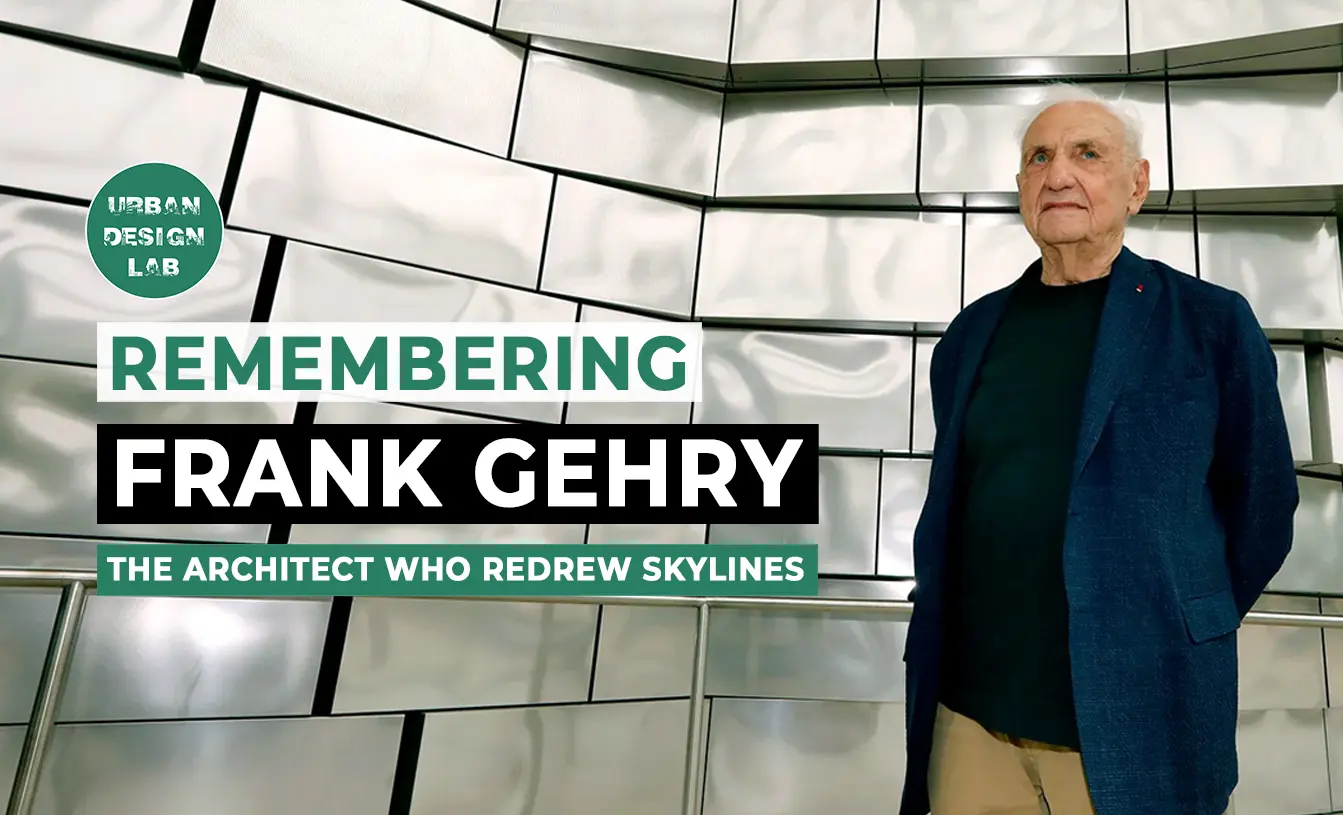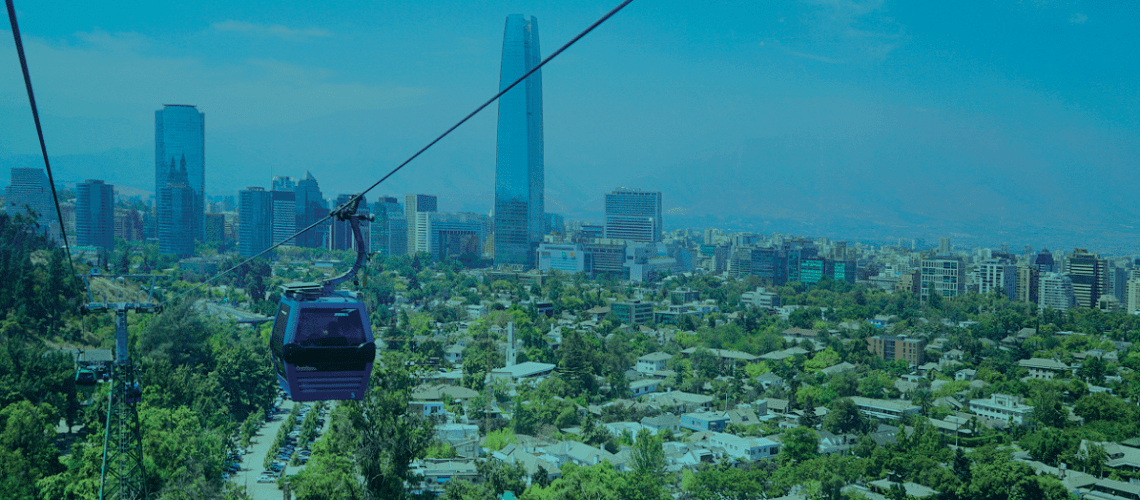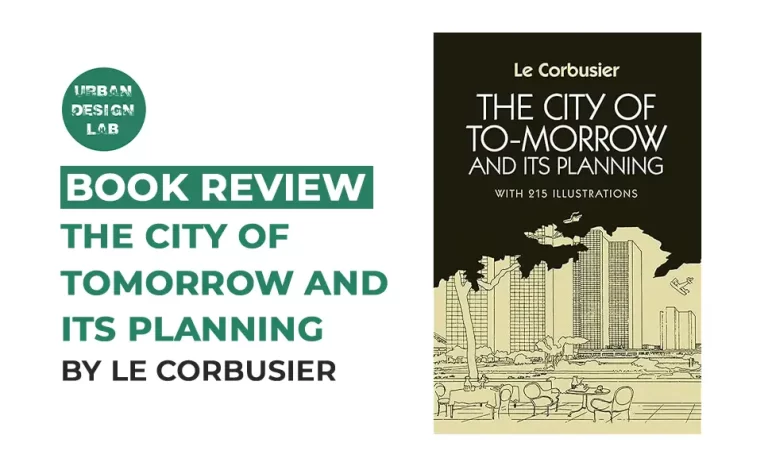
Book Review: The Architecture of the City by Aldo Rossi

Aldo Rossi is a practicing architect and leader of the Italian architectural movement La Tendenza, he is also one of the most influential theorists writing today. The Architecture of the City is his major work of architectural and urban theory. He wrote the book In part of a protest against functionalism and the Modern Movement.
The book covers four chapters in it -
1- The structure of urban artifacts
2- Primary elements and concept of Area
3- The individuality of urban artifacts; Architecture
4. The evolution of urban artifacts
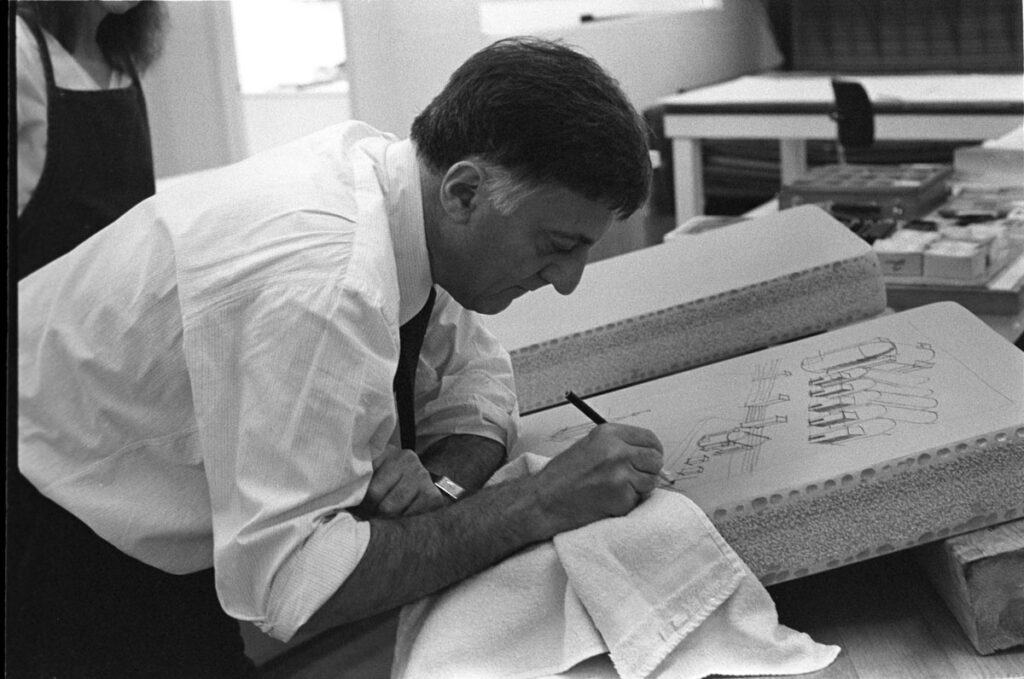
In the first chapter, Rossi states that the form of the city is summarized by the architecture of the city, since it is concrete data of real experiences. Hence, it is the form that allows him to approach the city’s problems. He describes the architecture of the city with two different meanings; first, the city is seen as a gigantic man-made object, growing over time; second, as urban artifacts characterized by their own history and form. Rossi emphasizes the typological questions with criticism of naïve functionalism since he regards the type as a logical principle constituting form and a permanent object.
As a result of the first chapter, Rossi underlines that the value of the city and the urban artifact is estimable not by their functions but by their permanent forms, since the form of the city is closely bound up with time of the city, while the functions are changeable and can be lost over time.
In the second chapter, the author says that there are specific and disparate qualities within parts of a city due to its sociological, formal, and spatial characteristics that are formed by time and space. In this sense, he opposes Robert Park and Ernest Burgess’s study about the zoning of the city of Chicago, since they considered the city’s diverse parts merely as embodiments of functions without any other considerations. The author announces that there is an unbreakable connection between the urban history and its geography since entire parts of the city specifically indicate their own form, their own way of life and the trace of their memories, and in turn it raises the concept of the locus.
In chapter three, According to Rossi, the locus is a relationship between a certain location and the buildings within it. From this view, the entire urban artifact acquires its singularity from its locus.
In the final chapter, Rossi focuses on the process of evolution of the city and how various forces are applied within it and how their application causes different changes. According to him, the forces could be an economic, political, or of some other nature. In the first part of this chapter he describes the economic forces: expropriations and land ownership, and in the last part, he refers to political force.
Rossi’s Urban Theories-
Urban Artefact as a work of Art:
Rossi is primarily concerned with the form of a city which is the summary of its architecture. Two different hypotheses are taken here to mean the architecture of the city. Firstly Rossi finds city as a manmade object, a work of engineering and architecture. Second, certain more limited but still crucial aspects of the city, such as urban artefacts, which like the city itself are characterized by their own history and thus by their own form.
Theory of Permanence:
This theory is related to Rossi’s hypothesis of the city as a giant man-made object produced in the process of time. Thus evolves Rossi’s ‘Concept of Permanence’, which affects collective and individual artefacts in the city indifferent ways. Rossi thinks ‘urban history’ is the most useful way to study urban structure. The persistence of the city is revealed through ‘monuments’ as well as through the city’s basic layout and the plans
City as a spatial system:
City is conceived as a spatial system composed of many parts. Residential area is one of such elements in the total form of the city. It is closely attached to nature and evolution of a city, and constitutes the city’s image. According to Rossi this part and whole character of a city challenge an aspect of functional is theory i.e. zoning. He considers the specialized zones are characteristics of a city and may have their autonomous parts. Their distribution in the city is determined by the entire historical process but not on function.
History and the Collective Memory:
The history is the ‘collective memory’ of people of the city and it has an important influence on the city itself. The history expresses itself through the monuments. Sometimes myth precedes the history of a city and thus become important. Rossi thinks that ‘urban history’ is most useful to study urban structure. The continuity and therefore the history are important aspects underlying his theories. To Rossi historical methods are weak as they isolate the present from the past. Urban aesthetics constitute a science founded in meaning inherent in the pre-existing building stock of the city. Through collective memory the intellect is engaged to discover their meaning and beauty. He does not distinguish between continuity and history.
The Monuments:
There remains strong relationship between the monuments and the rituals, Rossi places importance on monuments in the foundation of the city and of the transmission of ideas in an urban context. The persistence of a city is revealed through monuments -physical signs of past. Rossi advocates that the dynamic process of the city tends more to evolution than preservation.
The Locus:
The meaning of the term ‘Locus’ was extensive to Rossi. The locus is conceived of a singular place and event, which works as the relationship of architecture to the constitution of the city and the relationship between the context and monument. Rossi distinguishes some differences between locus and context.
Conclusion -
Rossi conceived the city as an archaeological artefact. To him history was analogous to a ‘skeleton’ whose condition serves as a measure of time and in turn, is measured by time. His object of analysis, the city, is measured by the instrument of ‘typology’. Rossi analyzed the city, as a whole constructed by its parts.
This book presents a protest against functionalism and the Modern Movement. At the same time it attempts to restore the craft of architecture to its position as the only valid object of architectural study. Besides it analyses the rules and forms of the city’s construction. Therefore, it has become immensely popular among architects and urban designers.
To learn more about the book, watch the video below.

Urban Design Lab
About the Author
This is the admin account of Urban Design Lab. This account publishes articles written by team members, contributions from guest writers, and other occasional submissions. Please feel free to contact us if you have any questions or comments.
Related articles

UDL Illustrator
Masterclass
Visualising Urban and Architecture Diagrams
Session Dates
17th-18th January 2026

Urban Design Lab
Be the part of our Network
Stay updated on workshops, design tools, and calls for collaboration
Curating the best graduate thesis project globally!

Free E-Book
From thesis to Portfolio
A Guide to Convert Academic Work into a Professional Portfolio”
Recent Posts
- Article Posted:
- Article Posted:
- Article Posted:
- Article Posted:
- Article Posted:
- Article Posted:
- Article Posted:
- Article Posted:
- Article Posted:
Sign up for our Newsletter
“Let’s explore the new avenues of Urban environment together “




























